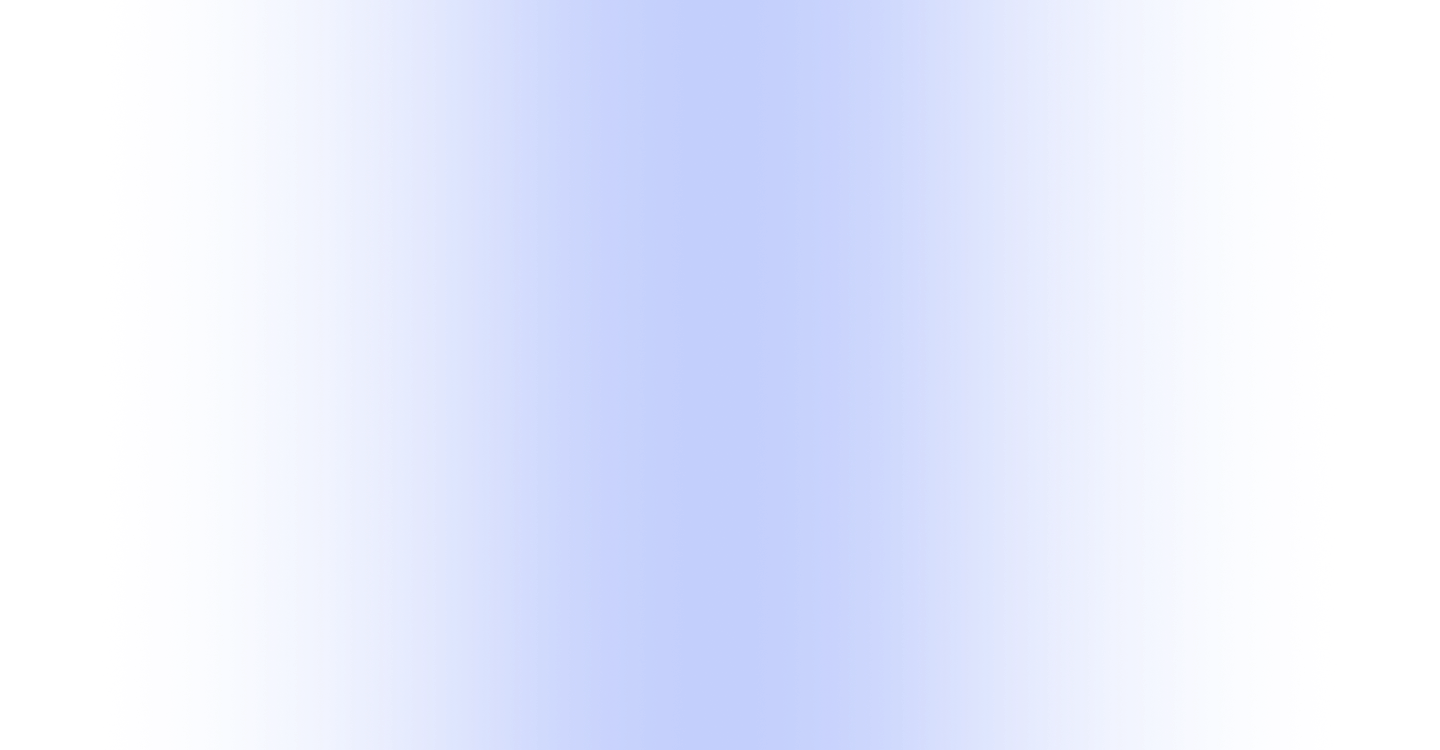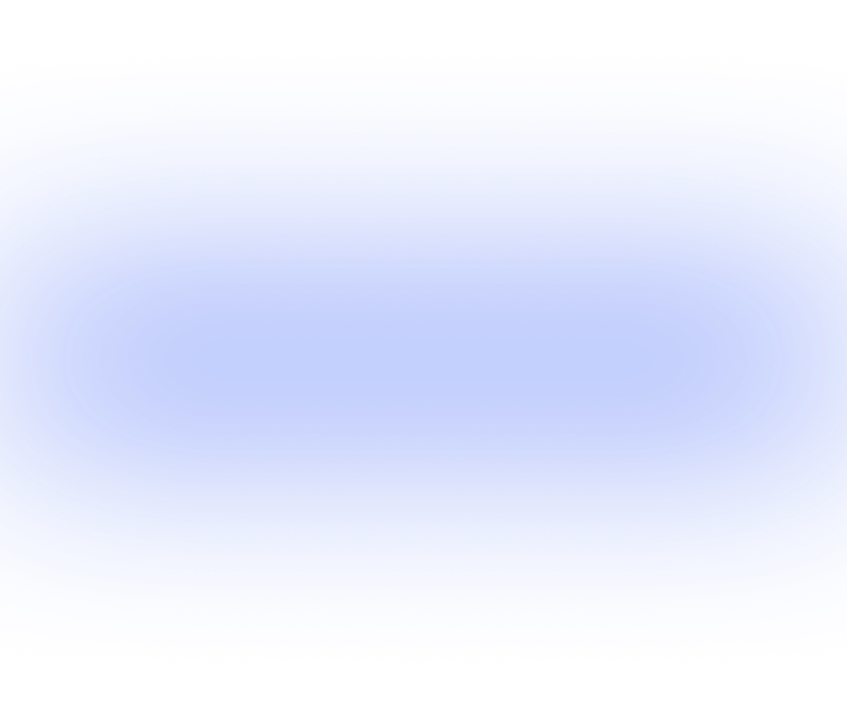Candlestick charts are powerful graphical representations that display the price movements of currency pairs over time. They are widely used in the Forex market due to their ability to provide clear insights and interpretations compared to line charts and bar charts. Each candlestick represents a specific period of time on a trading platform, which varies depending on the chosen timeframe. For example, a daily timeframe candlestick represents one day of price history, while a 15-minute timeframe candlestick represents fifteen minutes of price history.
Key Features of Candlesticks
A candlestick provides essential information through four key elements:
- Opening price: The starting price at the beginning of the selected timeframe.
- Highest price: The highest point reached during the specified period.
- Lowest price: The lowest point reached during the specified period.
- Closing price: The final price at the end of the selected timeframe.
Understanding Candlestick Components
Compared to bar charts, candlesticks offer a more visually intuitive representation of price relationships through their body and wicks.
- Body: The rectangular shape between the opening and closing prices indicates the range of price movement during the selected period. Traditional candles are typically coloured black and white, representing different market directions.
- A white body signifies a bullish candle, where the closing price is higher than the opening price, indicating upward price movement.
- A black body signifies a bearish candle, indicating a decrease in price as the closing price is lower than the opening price.
- Wicks: Also known as shadows, wicks denote the distance between the extreme price points and the opening/closing prices.
- In a bullish candle, the upper wick (upper shadow) represents the distance between the closing and highest price, while the lower wick represents the distance between the opening and lowest price.
- In a bearish candle, the upper wick indicates the distance between the opening and highest price, while the lower wick represents the distance between the closing and lowest price.
Candlestick Formation in Forex
Candlestick patterns provide crucial insights into the activity and movements of currency pairs. These formations can convey more information in a single view than other chart types, making them a popular choice among traders.
The history of candlestick charts traces back to 18th century Japan when they were initially used in rice markets. Today, they provide opening and closing values, current trend directions, and high and low prices for each reporting period.
The length of the candlestick's body highlights the relative change between the opening and closing rates. A longer body indicates higher volatility in the swing between these rates.
The colour of the candlestick body is also significant. A hollow (white) body represents a rising trend, with the opening rate at the bottom and the closing rate at the top. Conversely, a filled candlestick (usually black or red) indicates a decreasing trend, with the opening rate at the top and the closing rate at the bottom.
Harnessing the Power of Candlestick Charts
Candlestick charts provide invaluable information about price movements and trends in Forex trading. By understanding the components and formations of these charts, traders can gain insights into market dynamics and make more informed decisions. Candlesticks offer a comprehensive view of key price data, allowing traders to identify patterns, volatility, and potential trend reversals. Immerse yourself in the world of candlestick charts to enhance your trading strategy and decipher the language of the Forex market.


